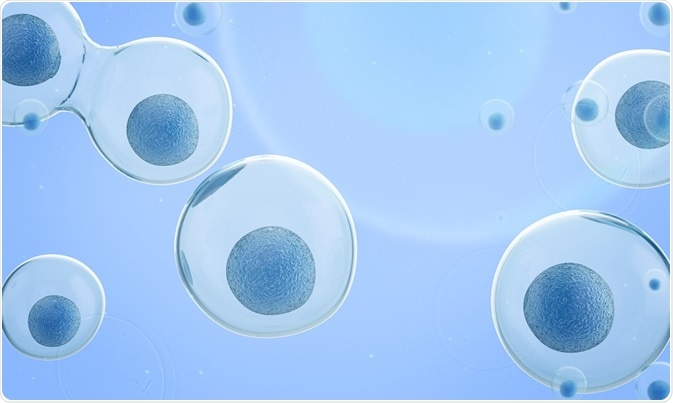Active transport is the process of moving molecules across a cellular membrane through the use of cellular energy.

Credit: Anna Kireieva/Shutterstock.com
The alternative to active transport is passive transport, which uses kinetic energy only to move the molecules. Passive transport can only move molecules from a region of higher concentration to lower concentration, whereas active transport moves molecules from an area of lower concentration to higher concentration. Active transport involves molecules moving against a gradient or other form of resistance, such as from an area of lower to higher charge.
Active transport is used by cells to accumulate needed molecules such as glucose and amino acids. Active transport powered by adenosine triphosphate (ATP) is known as primary active transport. Transport that uses an electrochemical gradient is called secondary transport.
Primary active transport
Most primary active transport is carried out by transmembrane ATPases, an enzyme that crosses the cell membrane. The sodium-potassium adenosine triphosphatase (ATPase) enzyme is found in all animal cells. It maintains cell membrane potential by pumping three sodium ions out of the cell for every two potassium ions it moves into the cell.
Another important example of active transport is the mitochondrial electron transport chain, which is based on reduction of NADH. It moves protons across the mitochondrial membrane from lower to higher concentration. This generates energy used to power life. Photosynthesis is also based on active transport. It uses the energy of photons to move protons across the thylakoid membrane of the chloroplast, creating redox potential.
Secondary active transport
Secondary active transport, or coupled transport, is not coupled to ATP. Electrochemical potential is built up by pumping ions into or out of the cell. This potential can provide energy for metabolism. For example, sodium ions are transported across the plasma membrane, and the electrochemical gradient powers active transport of another ion or molecule. Hydrogen pumps build up an electrochemical gradient of H+ ions in cells to power cellular respiration.
How active transport works
Transmembrane proteins are proteins that cross a cell membrane. They usually have one or more transmembrane domains that cross through the membrane lipid bilayer, as well as domains that bind with ligands inside and outside of the membrane. The protein recognizes the molecule or ion to be transported and passes it through its transmembrane domain.
Bulk transport
Some materials are moved across cell membranes through the processes of endocytosis or exocytosis. In endocytosis, the cellular membrane folds around the materials being transported to form vesicles that move from one side to the other. In some cases, enzymes may digest the molecules transported into the cell by endocytosis. Viruses enter the cell by a different mode of bulk transport. The viral membrane fuses with the cellular membrane, forcing the DNA into the host cell.
There are two types of endocytosis: pinocytosis and phagocytosis. Pinocytosis is a process wherein cells engulf liquid particles, such as fat droplets in the small intestine. Phagocytosis is a process for cells to absorb solid particles.
In exocytosis, cells, expel substances by fusing their outer cell membranes with a vesicle membrane. Neurotransmitters are transported between brain cells through exocytosis.
Further Reading